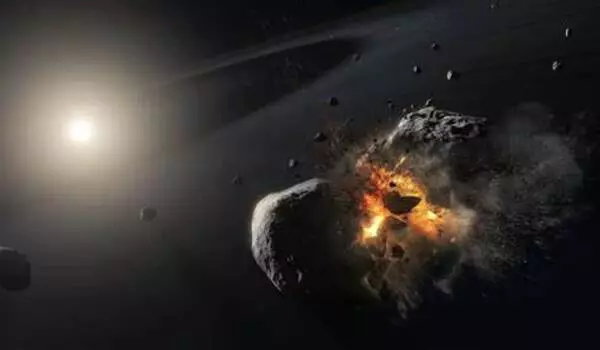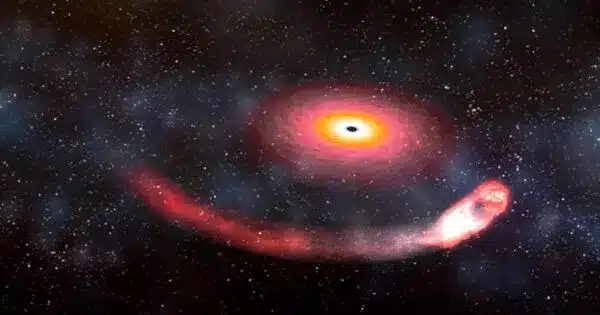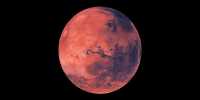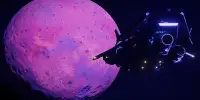Planetary impacts play an important role in the evolution of our solar system and other planetary systems. They have the potential to result in the formation of moons, planetary rings, and even the formation of new celestial bodies. Understanding the history and dynamics of our solar system requires an understanding of these collisions.
An eagle-eyed amateur astronomer’s fortuitous social media post spurred the discovery of an explosive collision between two gigantic planets in a distant galaxy system 1,800 light years away from planet Earth.
The research, published in Nature, describes the discovery of two ice giant exoplanets colliding around a sun-like star, resulting in a blaze of light and plumes of material. Its findings indicate the strong hot afterglow and associated dust cloud, which traveled in front of the parent star over time, diminishing it.
The multinational team of astronomers was formed after a fan observed something peculiar about the star’s light curve. It revealed that the system’s brightness doubled at infrared wavelengths three years before the star began to decline in visible light.
Our calculations and computer models indicate the temperature and size of the glowing material, as well as the amount of time the glow has lasted, is consistent with the collision of two ice giant exoplanets.
Dr Simon Lock
“To be honest, this observation came as a complete surprise to me,” said co-lead author Dr Matthew Kenworthy of Leiden University. When we first shared this star’s visible light curve with other scientists, we began following it with a network of additional telescopes. An astronomer on social media noted that the star shone in the infrared over a thousand days before it faded optically. I realized right away that this was an exceptional occurrence.”
The network of professional and amateur astronomers conducted extensive research on the star, including tracking fluctuations in brightness over the next two years. The star was called ASASSN-21qj after the network of telescopes that identified the star’s dimming at visible wavelengths first.

The researchers concluded the most likely explanation is that two ice giant exoplanets collided, producing the infrared glow detected by NASA’s NEOWISE mission, which uses a space telescope to hunt for asteroids and comets.
Co-lead author Dr Simon Lock, Research Fellow in Earth Sciences at the University of Bristol, said: “Our calculations and computer models indicate the temperature and size of the glowing material, as well as the amount of time the glow has lasted, is consistent with the collision of two ice giant exoplanets.”
The expanding debris cloud from the hit then passed in front of the star three years later, causing it to decline in brightness at visible wavelengths. The dust cloud is predicted to smear out along the orbit of the collision remnant over the following few years, and a tell-tale dispersion of light from this cloud might be observed with both ground-based telescopes and NASA’s largest space observatory, known as JWST.
The astronomers plan on watching closely what happens next in this system.
“It will be fascinating to observe further developments,” said co-author Dr Zoe Leinhardt, Associate Professor of Astrophysics at the University of Bristol. Eventually, the mass of material surrounding the remnant may condense to form a retinue of moons that will circle around this new planet.”














